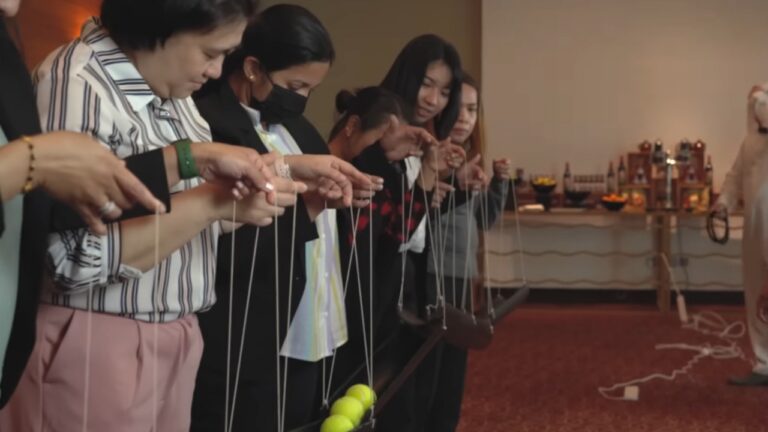Team building is an essential component of any successful organization. It’s the oil that keeps the engine of teamwork running smoothly. However, what happens when employees don’t get along?
Conflicts, differing personalities, or communication breakdowns can create rifts in crews, ultimately impacting productivity and workplace morale. This article delves into the world of team building for employees who have trouble getting along, offering strategies and activities designed to bridge divides and foster success.
Understanding the Roots of Conflict

Before delving into team-building solutions, it’s crucial to understand the roots of conflict among employees. Conflicts in the workplace can stem from a variety of sources, such as differences in personality, competition, lack of communication, or misunderstandings.
Management needs to recognize these issues early on and address them before they escalate. Acknowledging the problem is the first step towards finding a solution.
Creating an Inclusive Environment
An inclusive work environment is one where every employee feels valued and understood. This atmosphere encourages open communication and mutual respect. To foster inclusivity, leaders should strive to understand the diverse backgrounds and perspectives of their crew members.
Regular meetings where employees can voice their concerns and suggestions without fear of judgment or retribution can be a good starting point. Inclusivity isn’t just about preventing conflict; it’s about creating a workplace where everyone feels they belong.
Open Communication Channels
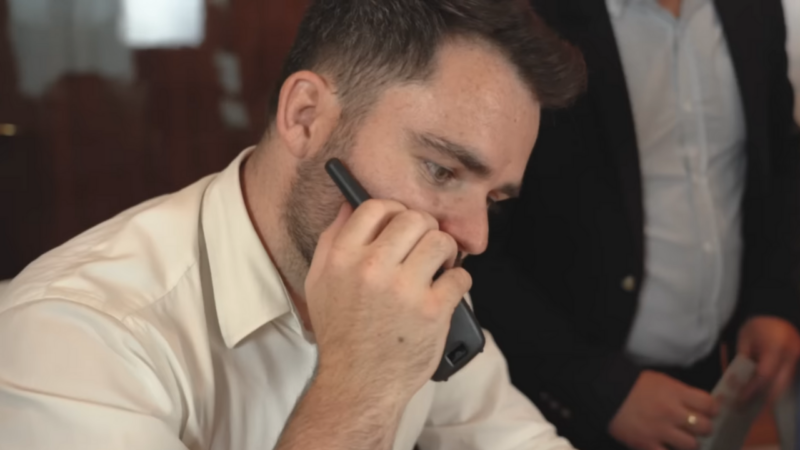
Effective communication is key in resolving misunderstandings and conflicts. Encouraging open dialogue within the team can help bridge gaps. This could involve regular crew meetings, open-door policies, or creating spaces where employees feel safe to express their thoughts and feelings.
Ensuring that everyone’s voice is heard and valued is crucial for crew harmony.
Empathy Building Activities
Empathy is the ability to understand and share the feelings of another. In a workplace, fostering empathy among crew members can lead to better understanding and smoother collaboration.
Team-building activities that focus on empathy, such as role-playing exercises or sharing personal stories, can help crew members see things from their colleagues’ perspectives. This understanding can break down barriers and promote a more harmonious work environment.
For a unique and impactful team-building experience that promotes empathy, consider the Build-a-Bike program. This interactive workshop allows crews to work together to assemble bicycles for donation to children in need. Learn more about the build-a-bike program here https://www.build-a-bike.com/.
Problem-Solving Together
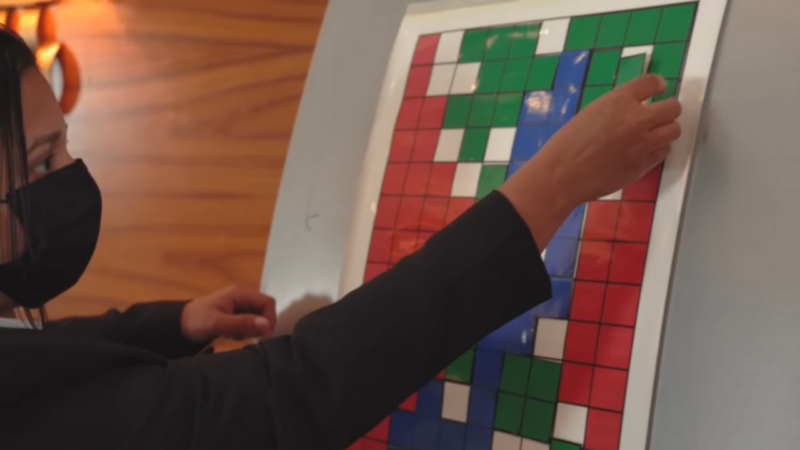
Engaging the team in problem-solving activities can be a powerful way to encourage collaboration and understanding. When crew members work together to solve a challenge, they learn to communicate effectively, delegate tasks, and leverage each other’s strengths.
Activities could range from work-related projects to creative challenges or outdoor team-building exercises. The key is to focus on tasks that require cooperation and collective brainstorming.
Celebrating Diversity
Celebrating the diverse backgrounds and skills of crew members can help in bridging divides. Organizing events or activities that highlight and embrace cultural, personality, and skill diversity within the crew can foster a sense of appreciation and respect among employees.
When team members feel recognized and valued for their unique contributions, it can reduce conflict and increase team cohesion.
Regular Feedback and Reflection
Providing regular feedback and reflecting on crew dynamics is crucial for ongoing development. This can be done through regular performance reviews, feedback sessions, or team retrospectives.
It’s important for these sessions to be constructive and focused on solutions rather than blame. Encouraging crew members to reflect on their behaviors and how they affect others can lead to greater self-awareness and improved team interactions.
Leadership’s Role in Mediating Conflict
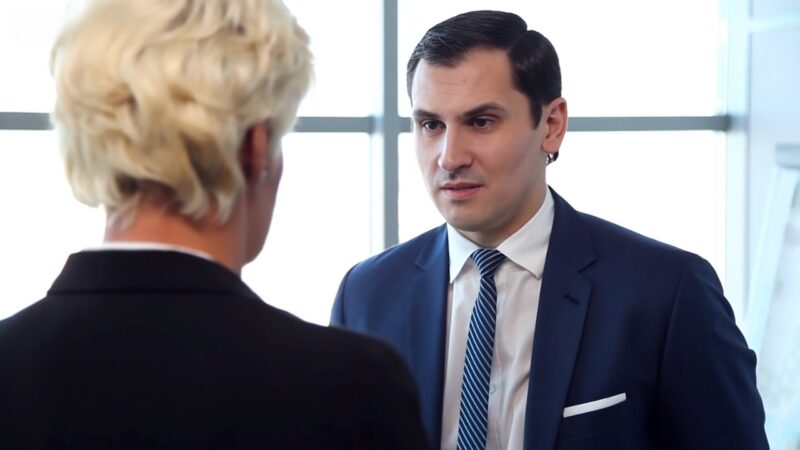
Leadership plays a pivotal role in mediating conflicts between crew members. When conflicts arise, it’s important for leaders to intervene in a timely and effective manner. This involves being a neutral mediator, listening to all sides, and helping to find a resolution that is acceptable to everyone involved.
Leaders should also be role models in demonstrating respectful and effective communication skills. By setting this example, they can foster a culture of open dialogue and conflict resolution within the team.
Tailored Team Building Exercises
Not all team building exercises are created equal, especially when dealing with employees who don’t get along. It’s important to choose activities that are specifically tailored to the needs of the team.
For example, if the issue is a lack of trust, activities that focus on building trust would be beneficial. Similarly, if communication is the problem, exercises that enhance communication skills would be more appropriate. The key is to identify the root cause of the conflict and select activities that address these specific issues.
Mentorship and Buddy Systems
Implementing a mentorship or buddy system can be an effective way to improve relationships among team members. Pairing up employees who don’t get along or who don’t know each other well can help them understand each other’s roles, challenges, and perspectives.
This can lead to improved empathy and collaboration. Regular check-ins and feedback within these pairings can further enhance their effectiveness.
Professional Development Opportunities

Offering professional development opportunities can also help in building a more cohesive team. Workshops on communication, conflict resolution, and team dynamics can equip employees with the skills they need to work better together.
These opportunities can also help individuals grow in their roles, which can, in turn, boost their confidence and ability to collaborate with others.
Social Events Outside of Work
Organizing social events outside of the work environment can help team members bond on a more personal level.
Activities like team dinners, outings, or volunteering can provide a relaxed setting for employees to interact and find common ground beyond work-related tasks. These informal gatherings can be instrumental in breaking down barriers and improving team dynamics.
Monitoring Progress and Adjusting Strategies
Finally, it’s important to monitor the progress of these team-building efforts and adjust strategies as needed. Regularly assessing the team’s dynamics, gathering feedback from team members, and being open to trying new approaches are key to finding what works best for your team.
Remember, team building is an ongoing process, and what works for one team might not work for another.
Summary
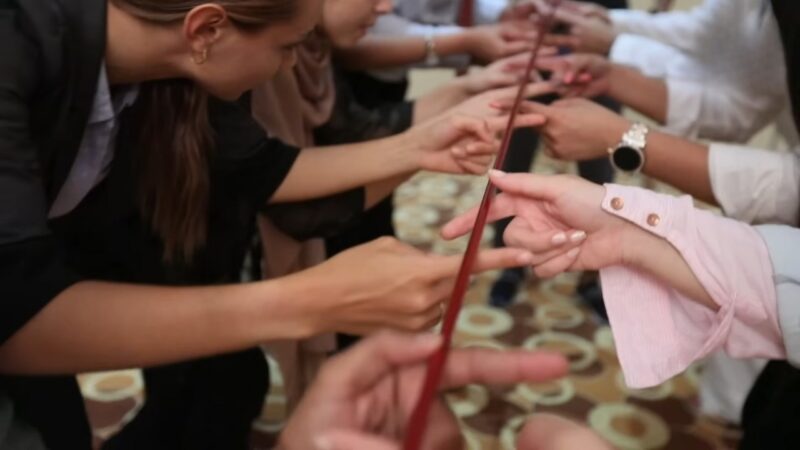
Building a team out of employees who don’t get along is a multifaceted challenge that requires a strategic approach. By understanding and addressing the underlying issues, creating an environment of inclusivity and open communication, and engaging in tailored team-building activities, leaders can foster a more harmonious and productive team.
Regular feedback, social interactions, and professional development opportunities further support this process. With commitment and a willingness to adapt, even the most divided teams can learn to work together effectively, leading to a healthier, more successful workplace.
Related Posts:
- 10 Reasons to Get Snow Plow Insurance - Don't Get…
- Does It Snow In India? What Tourists Don't Know…
- Celebrity Social Media Management Tips: Building a…
- Building an Effective SOP Training Program: 11 Tips…
- How to Get to Takakkaw Falls - A Jewel in Canada's…
- Does It Snow In Dallas, Texas? Get the Inside Scoop!

